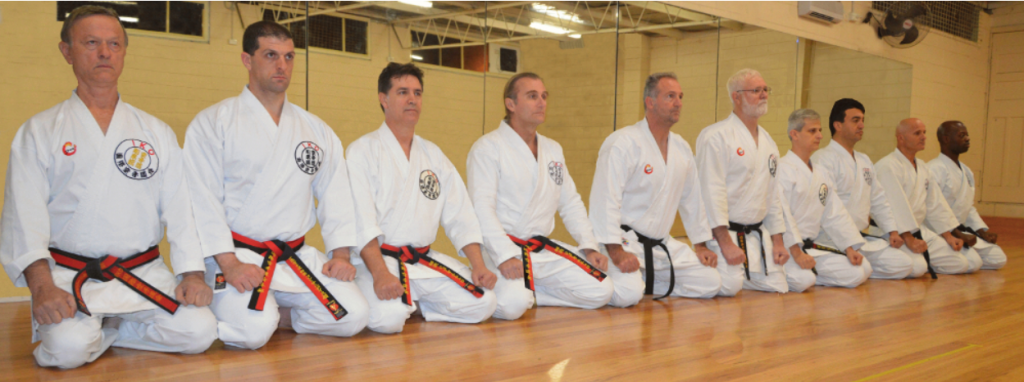
The International Karate-Do Organisation (IKO) Group Australia is an organization committed to teaching and promoting traditional Japanese Karate to both males and females of all ages.
The ancient military art (Budo) was originally concerned with preparing men for battle. Today, Karate is a means of self defence as well as a system of learning that provides one with a tool for self improvement through the unification of the mind, body and spirit.
As a physical art, Karate is almost without equal. Karate is highly dynamic and makes a balanced use of a large number of body muscles. Karate provides an excellent all-round exercise that develops coordination and agility and helps improve balance, strength, stamina, flexibility and posture. Karate can also enhance weight loss and improve muscle tone. It is a common belief by most practitioners that karate increases longevity and helps prevent diseases. Mentally, karate can improve confidence and self-esteem. It can also assist one in stress management and improve concentration and willpower.
As a spiritual art, karate brings balance, peace and wisdom to the most dedicated practitioners.
Affiliated with IKO Group Japan, IKO group Australia is committed to attaining and promoting the traditional spirit of this ancient military art (Budo).
